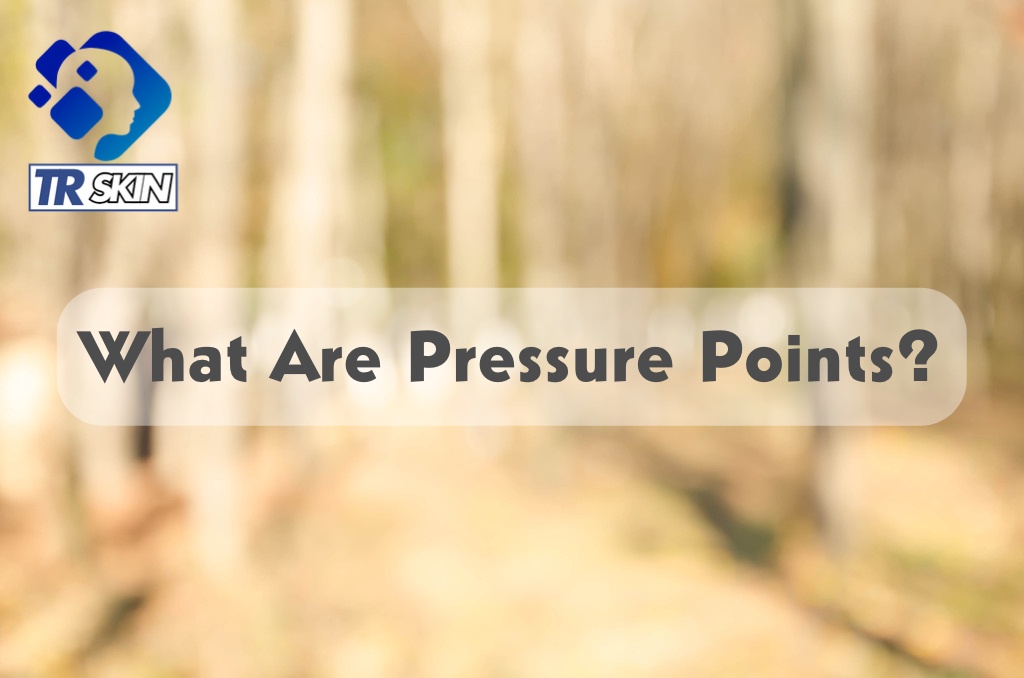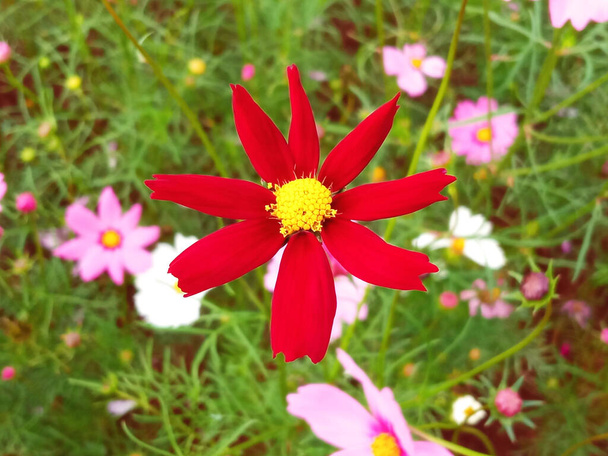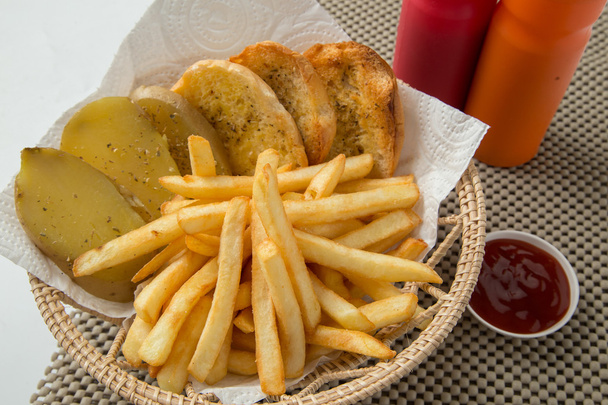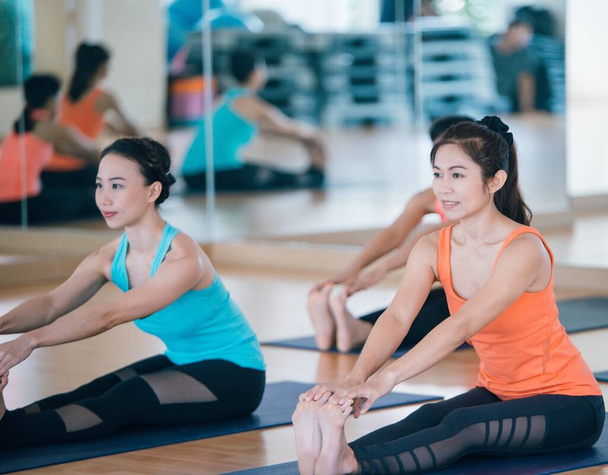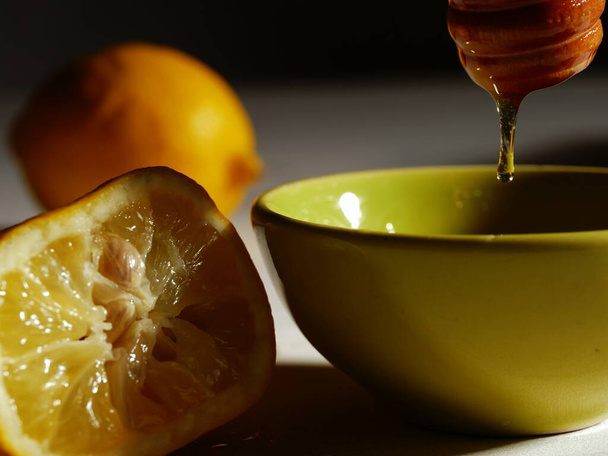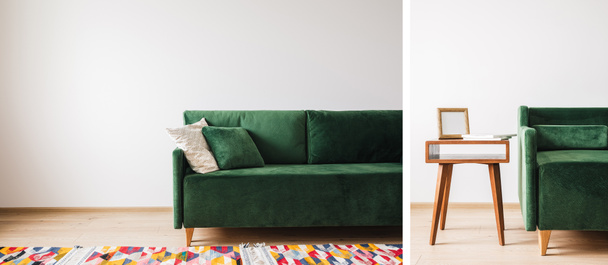5 Pressure Points Use Good Sleep Quality
Insomnia or poor sleep is a fairly common sleep disorder that makes it difficult to fall asleep and stay asleep. Acupressure involves using physical touch to stimulate pressure points that correspond to different aspects of physical and mental health.
While you can have acupressure done by a professional, you can also try stimulating pressure points on your own.
1. Spirit gate
The spirit gate point is located at the crease on your outer wrist, below your pinkie finger. at insomnia:
a.Feel for the small, hollow space in this area and apply gentle pressure in a circular or up-and-down movement.
b. Continue for two to three minutes.
c. Repeat on the other hand
2. Inner frontier gate
The inner frontier gate point is found on your inner forearm between two tendons.
a.Apply a steady downward pressure between the two tendons in this location.
b.Use a circular or up-and-down motion to massage the area for four to five seconds.
3. Three yin intersection
The three yin intersection point is located on your inner leg, just above your ankle.
a. Apply deep pressure slightly behind your biggest lower-leg bone (tibia), massaging with circular or up-and-down motions for four to five seconds.
Don’t use this pressure point if you’re pregnant, as it’s also associated with inducing labor.
4. Bubbling spring
The bubbling spring point is located on the sole of your foot.
a. Apply firm pressure and massage this point for a few minutes using circular or up-and-down motion.
Stimulating this pressure point is believed to ground your energy and induce sleep.
5. Wind pool
The wind pool point is located on the back of your neck.
a.Use your thumbs to apply a deep and firm pressure toward your skull, using circular or up-and-down movements to massage this area for four to five seconds. Breathe deeply as you massage the area.
How Can You Use Them?
I have spent countless hours researching and exploring various traditional and alternative healing methods. One of the most intriguing concepts I have come across in my journey is the use of pressure points. explaining what they are, how they work, and how you can use them to promote physical and emotional well-being.
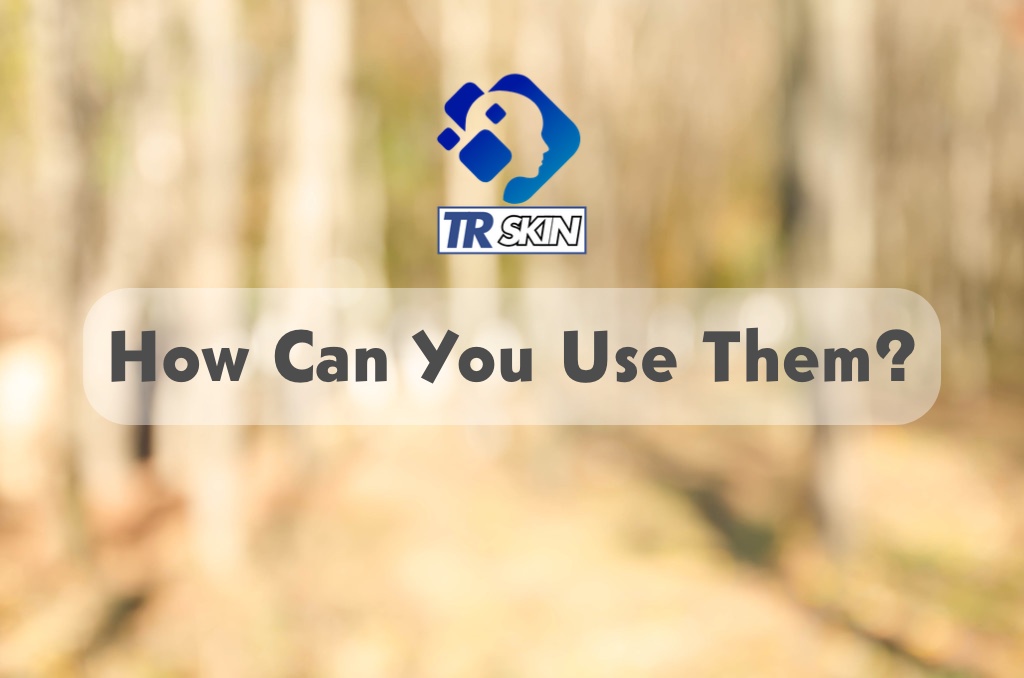
Understanding Pressure Points
Before we delve into the practical applications of pressure points, it’s essential to understand what they are and how they function within the body.
What Are Pressure Points?
Pressure points, also known as acupressure points or trigger points, are specific areas on the body that are believed to be highly sensitive to pressure. When stimulated, these points can elicit various physiological and psychological responses, such as pain relief, relaxation, and improved circulation.
The concept of pressure points originates from traditional Chinese medicine (TCM), which holds that the body contains a network of energy pathways called meridians. According to TCM, when the flow of energy (or “qi”) along these meridians becomes blocked or imbalanced, it can lead to physical and emotional ailments. By applying pressure to specific points along the meridians, practitioners believe that they can restore balance and promote healing.
How Do Pressure Points Work?
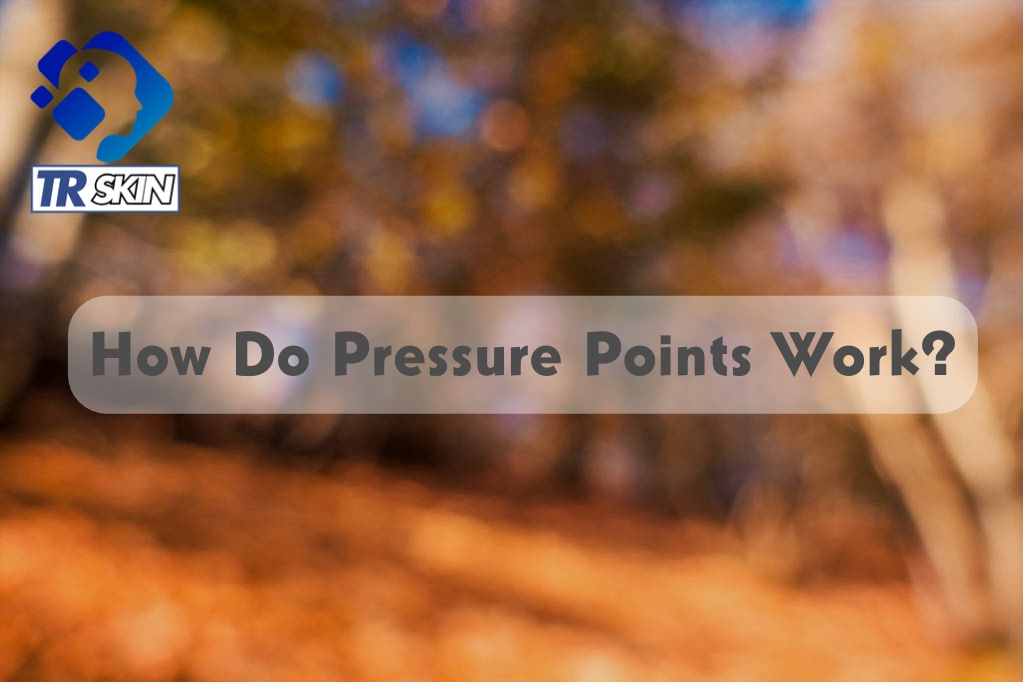
While the exact mechanisms behind the effectiveness of pressure points are not fully understood, several theories attempt to explain how they work:
Stimulation of Nerves:
Pressure points are often located near clusters of nerve endings. When pressure is applied to these areas, it may stimulate the nerves and send signals to the brain, triggering the release of pain-relieving and mood-regulating chemicals like endorphins and serotonin.
Improved Circulation:
Applying pressure to specific points on the body may help improve blood flow and lymphatic circulation. Enhanced circulation can promote the delivery of oxygen and nutrients to tissues, supporting the body’s natural healing processes.
Muscle Relaxation:
Pressure points are often located in areas where muscles tend to hold tension. By applying pressure to these points, you may be able to release muscle tension, reduce stiffness, and promote relaxation.
Meridian Theory:
According to traditional Chinese medicine, stimulating pressure points can help remove blockages and restore the balance of energy flow along the body’s meridians, promoting overall health and well-being.
Locating Pressure Points
To effectively use pressure points for self-care or to assist others, it’s crucial to know how to locate them accurately. While there are numerous pressure points throughout the body, I will focus on some of the most commonly used and easily accessible points.
Head and Face
LI-4 (Hegu):
Located on the web between the thumb and index finger, this point is often used to relieve headaches, tooth pain, and facial pain.
GB-20 (Feng Chi):
Found at the base of the skull, just below the occipital bone, this point is beneficial for treating headaches, eye strain, and neck pain.
ST-3 (Juliao):
Situated just below the pupil, on the side of the nose, this point can help alleviate sinus congestion, toothaches, and facial pain.
Neck and Shoulders
GB-21 (Jian Jing):
Located at the highest point of the shoulder, midway between the neck and the edge of the shoulder, this point is useful for relieving neck pain, shoulder tension, and headaches.
SI-3 (Hou Xi):
Found on the outer edge of the hand, just below the pinky finger, this point is beneficial for treating neck stiffness, shoulder pain, and upper back tension.
Arms and Hands
PC-6 (Nei Guan):
Situated on the inner wrist, three fingers’ width below the wrist crease, this point is commonly used to alleviate nausea, motion sickness, and carpal tunnel syndrome.
LU-9 (Tai Yuan):
Located on the inner wrist, just below the thumb, this point is helpful for treating respiratory issues, such as asthma and bronchitis, as well as wrist pain.
Legs and Feet
SP-6 (San Yin Jiao):
Found on the inner leg, four fingers’ width above the ankle bone, this point is beneficial for menstrual cramps, digestive issues, and insomnia.
LV-3 (Tai Chong):
Located on the top of the foot, in the depression between the big toe and second toe, this point is useful for relieving stress, anxiety, and headaches.
Remember, locating pressure points may take practice, and it’s essential to apply pressure gently and gradually to avoid causing discomfort or pain. If you are unsure about the location of a specific point or have any medical concerns, consult with a qualified acupressure practitioner or healthcare professional.
Techniques for Stimulating Pressure Points
Once you have located the desired pressure point, there are several techniques you can use to stimulate it effectively. The following methods can be used for self-care or when assisting others:
Firm Pressure
The most common technique for stimulating pressure points is to apply firm, steady pressure using your thumb, fingertip, or knuckle. Follow these steps:
Locate the pressure point you wish to stimulate.
Place your thumb, fingertip, or knuckle on the point and apply gentle pressure.
Gradually increase the pressure until you feel a slight discomfort or a dull ache. The sensation should not be painful.
Maintain the pressure for 30 seconds to 1 minute, breathing deeply and focusing on the sensation.
Slowly release the pressure and take a few deep breaths before moving on to the next point, if desired.
Circular Massage
Another effective technique for stimulating pressure points is to use a circular massage motion. This method can be particularly helpful for larger areas or when working on muscle tension. Follow these steps:
Locate the pressure point or area you wish to stimulate.
Place your thumb, fingertip, or knuckle on the point and apply gentle pressure.
Begin making small, circular motions with your thumb or finger, maintaining a consistent pressure.
Continue the circular massage for 30 seconds to 1 minute, focusing on your breath and the sensation.
Slowly release the pressure and take a few deep breaths before moving on to the next point, if desired.
Tapping
Tapping, also known as emotional freedom technique (EFT), is a method that involves gently tapping on specific pressure points while focusing on an emotional or physical issue. This technique is believed to help balance the body’s energy and promote emotional well-being. Follow these steps:
Identify the emotional or physical issue you wish to address.
Locate the pressure points you will be tapping on, such as the eyebrow point, side of the eye, under the eye, under the nose, chin point, collarbone point, and under the arm.
Using your fingertips, gently tap each point 5-7 times while focusing on your chosen issue.
Repeat a positive affirmation or statement while tapping, such as “Even though I have this [issue], I deeply and completely accept myself.”
Continue tapping through the sequence of points until you feel a sense of relief or a shift in your emotional state.
Remember, the effectiveness of these techniques may vary from person to person, and it’s essential to listen to your body and adjust the pressure or duration as needed. If you experience any pain or discomfort, discontinue the practice and consult with a healthcare professional.
Benefits of Using Pressure Points
Incorporating pressure point stimulation into your self-care routine can offer a wide range of potential benefits for both physical and emotional well-being. Some of the most notable benefits include:
Pain Relief
One of the primary reasons people turn to pressure point therapy is for its potential to alleviate pain. By stimulating specific points on the body, you may be able to reduce pain associated with conditions such as:
Headaches and migraines
Neck and shoulder tension
Lower back pain
Menstrual cramps
Arthritis
Pressure point stimulation is thought to work by releasing endorphins, the body’s natural pain-relieving chemicals, and by promoting circulation to the affected areas.
Stress and Anxiety Reduction
In today’s fast-paced world, stress and anxiety have become all too common. Regularly stimulating pressure points may help promote relaxation and reduce stress and anxiety levels. Some pressure points known for their calming effects include:
LV-3 (Tai Chong):
Located on the top of the foot, between the big toe and second toe.
HT-7 (Shen Men):
Found on the inner wrist, just below the pinky finger.GV-20 (Bai Hui): Situated at the top of the head, midway between the ears.
By incorporating pressure point therapy into your stress management routine, along with other techniques such as deep breathing and meditation, you may find it easier to navigate life’s challenges with greater ease and resilience.
Improved Sleep
If you struggle with insomnia or poor sleep quality, stimulating certain pressure points may help promote more restful and rejuvenating sleep. Some pressure points known for their sleep-enhancing effects include:
KD-1 (Yong Quan):
Located on the sole of the foot, in the depression below the ball of the foot.
HT-7 (Shen Men):
Found on the inner wrist, just below the pinky finger.
SP-6 (San Yin Jiao):
Situated on the inner leg, four fingers’ width above the ankle bone.
By stimulating these points before bedtime, you may find it easier to relax, fall asleep, and enjoy a more restful night’s sleep.
Digestive Support
Pressure point therapy has long been used to support digestive health and alleviate common issues such as bloating, gas, and constipation. Some pressure points known for their digestive benefits include:
ST-36 (Zu San Li):
Located on the outer leg, four fingers’ width below the kneecap.
SP-6 (San Yin Jiao):
Found on the inner leg, four fingers’ width above the ankle bone.
CV-12 (Zhong Wan):
Situated on the midline of the body, halfway between the navel and the base of the breastbone. By regularly stimulating these points, you may be able to promote better digestion, reduce discomfort, and support overall gut health.
| Pressure Point | Location | Benefits |
|---|---|---|
| LI-4 (Hegu) | Web between thumb and index finger | Relieves headaches, tooth pain, and facial pain |
| LV-3 (Tai Chong) | Top of the foot, between big toe and second toe | Reduces stress, anxiety, and headaches |
| ST-36 (Zu San Li) | Outer leg, four fingers’ width below the kneecap | Supports digestive health, alleviates bloating and constipation |
| SP-6 (San Yin Jiao) | Inner leg, four fingers’ width above the ankle bone | Eases menstrual cramps, promotes better sleep, supports digestive health |
Precautions and Considerations
While pressure point therapy is generally considered safe for most people, there are some precautions and considerations to keep in mind:
Pregnancy:
Certain pressure points, such as SP-6 (San Yin Jiao) and LI-4 (Hegu), are believed to stimulate uterine contractions and should be avoided during pregnancy, especially in the first trimester and in women with a history of miscarriage. Always consult with your healthcare provider before using pressure point therapy during pregnancy.
Chronic Health Conditions:
If you have a chronic health condition, such as heart disease, high blood pressure, or diabetes, consult with your healthcare provider before beginning any new self-care practice, including pressure point therapy.
Skin Injuries or Inflammation:
Avoid applying pressure to areas with open wounds, cuts, bruises, or skin infections, as this may cause further irritation or damage.
Pain or Discomfort:
If you experience pain or discomfort while stimulating a pressure point, discontinue the practice and consult with a qualified practitioner or healthcare provider.
Consistency and Patience:
Like any self-care practice, the benefits of pressure point therapy may not be immediately apparent. Consistent and regular practice is key to experiencing the full range of potential benefits.
Incorporating Pressure Point Therapy into Your Self-Care Routine
Now that you have a better understanding of what pressure points are and how they can be used to promote physical and emotional well-being, let’s explore some ways to incorporate this valuable practice into your daily self-care routine.
Daily Pressure Point Routine
One of the simplest ways to make pressure point therapy a regular part of your self-care practice is to establish a daily routine. Choose a few pressure points that target your specific needs or concerns, and set aside a few minutes each day to stimulate these points. For example:
Morning:
Begin your day by stimulating LV-3 (Tai Chong) to promote a sense of calm and focus, and ST-36 (Zu San Li) to support digestive health.
Midday:
Take a break from work or daily activities to stimulate LI-4 (Hegu) to relieve tension headaches or eye strain, and PC-6 (Nei Guan) to alleviate stress and anxiety.
Evening:
Before bedtime, stimulate HT-7 (Shen Men) and SP-6 (San Yin Jiao) to promote relaxation and improve sleep quality.
Remember, consistency is key when it comes to experiencing the benefits of pressure point therapy. Make your daily pressure point routine a non-negotiable part of your self-care practice, just like brushing your teeth or taking a shower.
Combining Pressure Point Therapy with Other Self-Care Practices
Pressure point therapy can be an excellent complement to other self-care practices, such as:
Meditation and Deep Breathing:
While stimulating pressure points, focus on your breath and bring your attention to the present moment. This can help deepen the relaxation response and promote a greater sense of overall well-being.
Yoga and Stretching:
Incorporate pressure point therapy into your yoga or stretching routine by stimulating relevant points during or after your practice. This can help enhance the benefits of both practices and promote a greater sense of mind-body balance.
Massage and Bodywork:
If you regularly receive massages or other forms of bodywork, ask your practitioner to incorporate pressure point therapy into your sessions. This can help tailor the treatment to your specific needs and promote a more comprehensive healing experience.
Sharing Pressure Point Therapy with Others
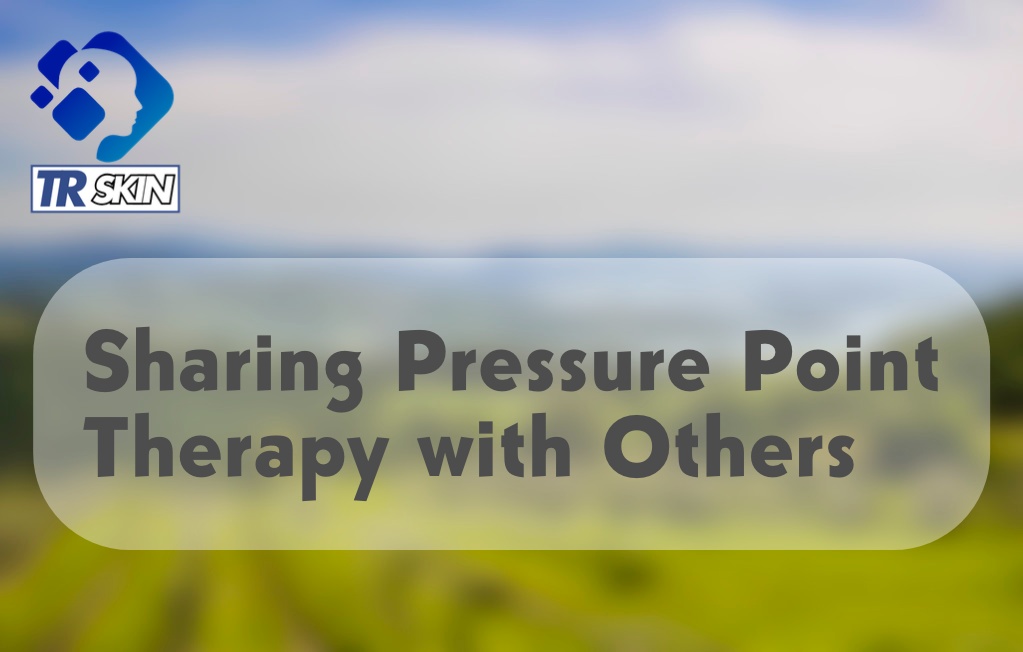
Using pressure point therapy for your own self-care, you can also share this valuable practice with others. Whether you’re a parent looking to help your child manage stress and anxiety, or a friend seeking to offer support to a loved one experiencing pain or discomfort, pressure point therapy can be a simple and effective tool.
When sharing pressure point therapy with others, remember to:
Obtain permission before touching another person and respect their boundaries.
Communicate openly and ask for feedback to ensure the pressure and technique are comfortable and effective.
Encourage the other person to focus on their breath and the sensations they experience while you stimulate the pressure points.
By sharing the gift of pressure point therapy with others, you can help spread the benefits of this ancient healing practice and foster a greater sense of connection and well-being within your community.
Conclusion
Pressure points are a fascinating and valuable tool for promoting physical and emotional well-being. By understanding what pressure points are, how they work, and how to locate and stimulate them effectively, you can harness the power of this ancient healing practice to support your own health and the well-being of those around you.
As with any new self-care practice, remember to start slowly, listen to your body, and be patient with yourself as you explore the world of pressure points. With consistent practice and an open mind, you may discover that this simple yet powerful technique can have a profound impact on your overall health and well-being.
So, the next time you find yourself feeling stressed, anxious, or in pain, take a moment to locate a relevant pressure point, close your eyes, and focus on your breath as you gently stimulate the area. You may be surprised at just how quickly you begin to feel a sense of relief and relaxation wash over you.
Take Our Real Life Examples
For more hacks on combating stress, anxiety, sadness and mood swings – join our 10 Days to Inner Strength & Happiness Plan happening NOW on our Telegram channel.
Stressed? Who, me? 🤪 We all know the feeling of tension and being overwhelmed, it can cause pain, headaches, skin breakouts and longer-term issues. Take a moment to try this incredible acupressure technique to help keep your stress levels down.
The points just below the base of your skull, on the muscles either side of your spine are known as Heaven’s Pillar (the name is to do with Zeus condemning Atlas to hold up the heavens on his shoulders if you’re into Greek mythology!🤓)
and stress causes major tightness and tension here.
Applying firm pressure to them is a perfect way to feel instantly more relaxed. Other benefits are said to include relief from:
🔸 Tension headaches at the back of the head
🔸 Neck and upper back pain
🔸 Eye strain
🔸 Congestion and hay fever
🔸 Low energy
How to and other helpers:
- Stimulate these pressure points whenever you feel stress rising. Perfect if you’re queuing up at the shops. If you get any funny looks, just smile and pass on the tip.
- Focus on your breathing while you massage, breathe in for a count of 4, and out for 4. This increases the stress-relieving effects!
- If you sit at a desk all day, set a reminder to do the technique every couple of hours. It’ll force you to improve your posture too. Win.
- Tip To still hit these points but also enjoy a deeper neck massage, you could try using a spiky massage ball or tennis ball.
- Tr Skins is an adaptogen that stimulates and nourishes the pituitary gland to help regulate the entire hormonal system, including the adrenal glands, and has been found in studies to lower stress hormones. Have 1-2 servings daily.

